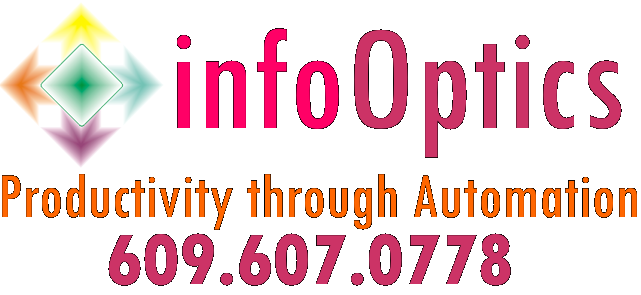INTRODUCTION
Every digital transformation presents unique challenges. In that legacy systems typically contain large amounts of data, code and logic, use of automation to the task of transformation makes great sense.
THE CHALLENGES
Invariably every digital transformation encounters some of the following challenges;
- SERVER SIDE BUSINESS LOGIC – Every business logic migration presents unique challenges, usually within the Dynamic SQL portions of the code. Both timeframe and cost of manually rewriting legacy business proportionally increases with the number of lines within the codebase.
- APPLICATION –Legacy application migrations typically consist of two distinct tasks; the update of the Embedded SQL (ESQL) within the legacy application, and the complete transformation of the legacy application codebase into a new, best of breed technologies. As with business logic migration, rewriting legacy applications also increases proportionally to the number of lines within the codebase.
- DUPLICATE CODE – Many legacy environments contain large amounts of duplicate code. In addition to bloating the migration scope, it also typically inhibits the performance and maintainability of the newly migrated environment. This can be very disruptive to any digital transformation project.
- HUMAN RESOURCES – As senior members of development teams leave the labor market, access to labor resources cognizant in legacy systems becomes more and more scarce with time.
- DATA – Transforming the DDL and data is usually straight forward, however bandwidth issues make zero downtime and data replication paramount to the success of the project.
AN AUTOMATED APPROACH
Assuming that any significant amount of data or code is to be migrated, a well-executed automated migration strategy will often drastically reduce the timeframe and costs of any migration initiative. Here’s how each of the challenges from above is specifically addressed by automation;
- SERVER-SIDE BUSINESS LOGIC – The use of an automation can drastically increase the efficiency of your business logic code migration, usually eliminating more than 90% of the manual effort required to rewrite the code. Additionally, using an intelligent automated tool to uniformly address the migration of the sources generally provides for a smoother testing process. In that the transformation of the code is addressed uniformly by the automated tool, a more predictable output in the new target is yielded. This also provides for a more effective and streamlined testing approach.
- APPLICATION – Similar to the migration of business logic (see above), application code migration projects are prime candidates for the use of an automated tool. In addition to the dramatically increasing efficiency during coding and testing, re-architecture and/or refactoring of the application layer is often possible.
- DUPLICATE CODE – Because a highly sophisticated, multi-pass language algorithms are employed by the automation engine, often times the redundant portions of the sources can be identified and consolidated by the tool. Additionally, in that the new code is being created for new best of breed technologies, the redundant code that is carried over is far more easily identified and remediated within the 21st Century Integrated Development Environment (IDE).
- HUMAN RESOURCES – Using an automated tool to address the bulk of the migration process allows the primary focus of technical team to be in the new target technologies. While there is still a requirement for expertise within the legacy technologies, the amount of expertise is greatly reduced and generally limited to the portions of the sources not handled by the automated tool.
- DATA – Use of an automated tool is a given for any data migration initiative. This includes the transformation of the DDL, data and indexes from legacy databases. Additionally, using automation to address the ongoing replication of the legacy environment during development, testing and ‘go live’ portions of the project is generally required.
THE SOLUTION
A good number of well supported tools are available from database OEMs and cloud managed services providers that address a portion of what has been presented here. There are also third party tools available that address the above challenges as well. Specifically, the Migration and Modernization Tool Kit (MnMTK) developed by Ispirer Systems has native support for the nearly all of the DBMS and legacy application migration challenges outlined above. The MnMTK is underpinned by a corporate culture built around the evolution and deployment of it’s product offerings, thus making it ideal for digital transformation projects.
SUMMARY
Applying the right automation strategy to your digital transformation project will yield greater efficiency, lower cost and have a higher probability of success.
FOR MORE INFORMATION
Please contact Tom Gutchigian or use the contact form located here:

